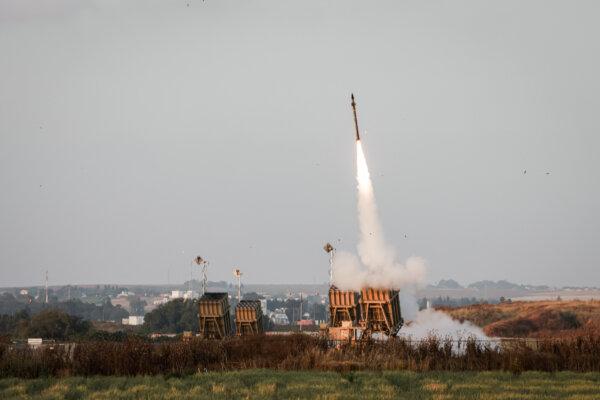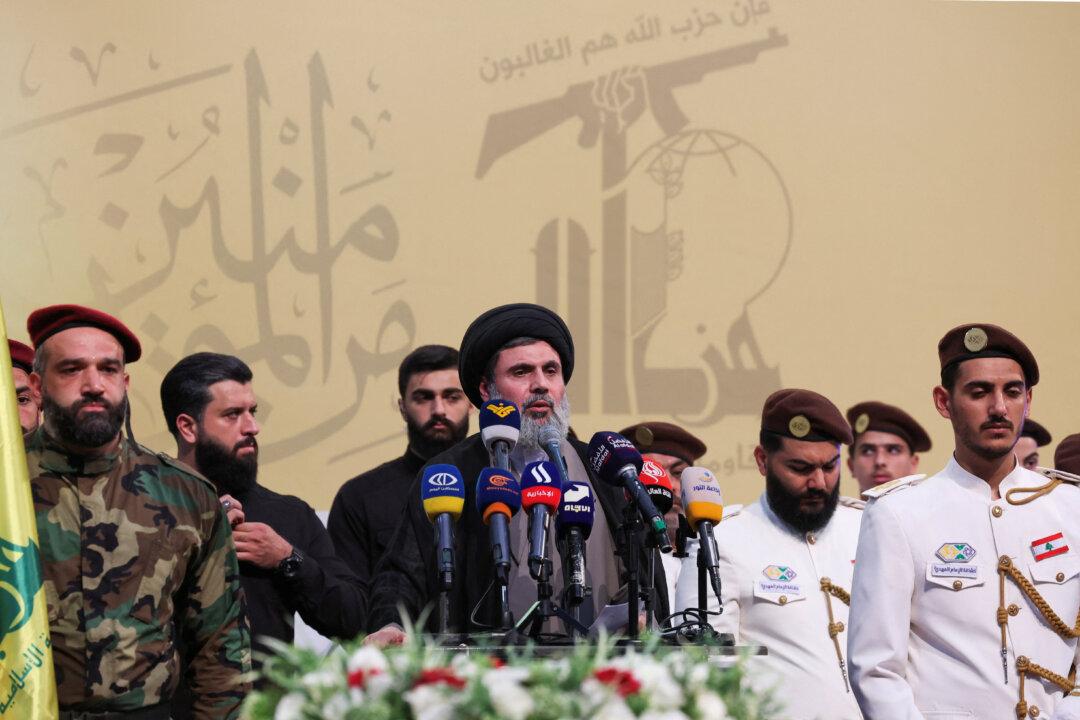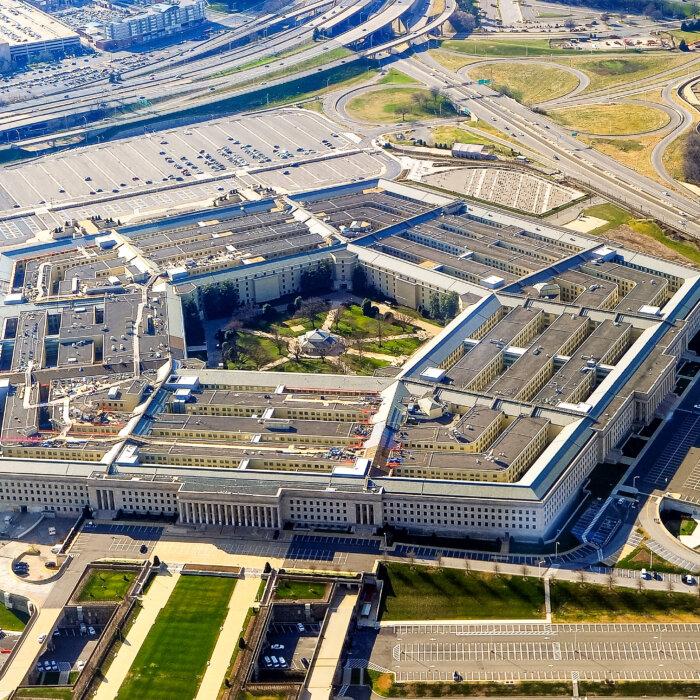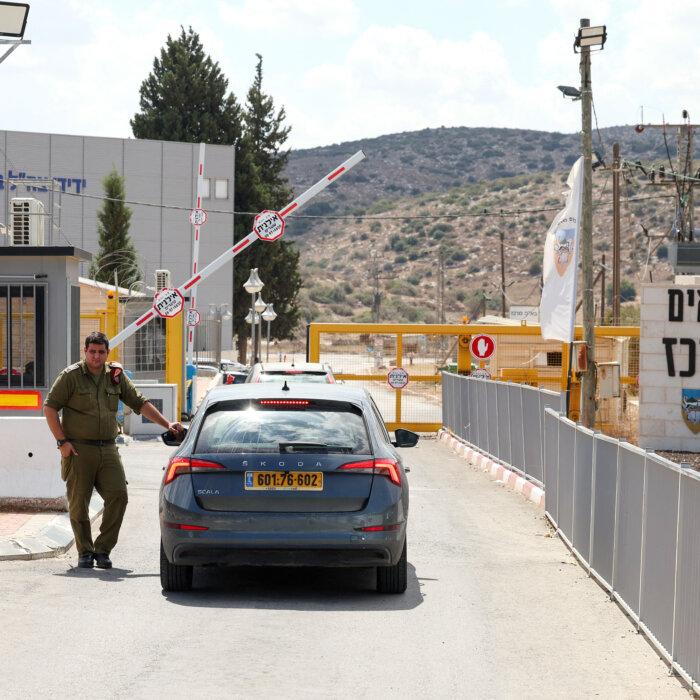Israel has officially confirmed the killing of Hashem Safieddine, a top Hezbollah terrorist and a cousin of the group’s recently slain leader, Hassan Nasrallah.
Safieddine was seen as a potential successor to his cousin.
Specially Designated Global Terrorists
The IDF said that Safieddine was a member of the Shura Council, the Iran-backed Shiite terrorist group Hezbollah’s most senior military–political forum, responsible for the decision making and policy making in the terrorist organization.It also said that when Nasrallah was absent from Lebanon, Safieddine filled in as the secretary-general of Hezbollah and that throughout the years, Safieddine “directed terrorist attacks against the State of Israel and took part in Hezbollah’s central decision-making processes.”
The IDF said the terrorist Ali Hussein Hazima, commander of Hezbollah’s intelligence headquarters, was also “eliminated.” He was responsible for directing numerous attacks on IDF soldiers.
Haifa
Israel has a decades-long history of conflict with Hezbollah, although tensions between Israel and the Lebanese terrorist group have escalated.On Sept. 23, as part of its operation code-named Northern Arrows, the IDF attacked Hezbollah terrorist targets throughout Lebanon from the air.
The targets included terrorist operatives, hundreds of ammunition depots; rocket launchers; long-range, medium-range, and heavy rockets; unmanned aerial vehicles; and cruise missiles.
Hezbollah has continued to retaliate. Early on the morning of Oct. 22, the terrorist group said it launched volleys of rockets at two key bases near Tel Aviv and a naval base west of Haifa. There were no immediate reports of casualties.

Israel’s multilayered air defenses have intercepted the vast majority of missiles and drones fired at it since the start of the Gaza war.
It is effective against short-range, medium-range, and limited intermediate-range ballistic missile threats—which would include all ballistic missiles launched at Israel from Iran—intercepting them during their final phase of flight.
Pager Explosions
On Sept. 17 and 18, pager explosions in Lebanon killed a reported 27 people and injured about 4,450 people, including some children, according to the Lebanese government.Several of the blasts were reported at funerals organized for those killed in a wave of exploding handheld electronic pagers the day prior. The funeral processions were being held for slain members of Hezbollah.
Israel has neither confirmed nor denied involvement. Lebanon’s government has blamed Israel.







